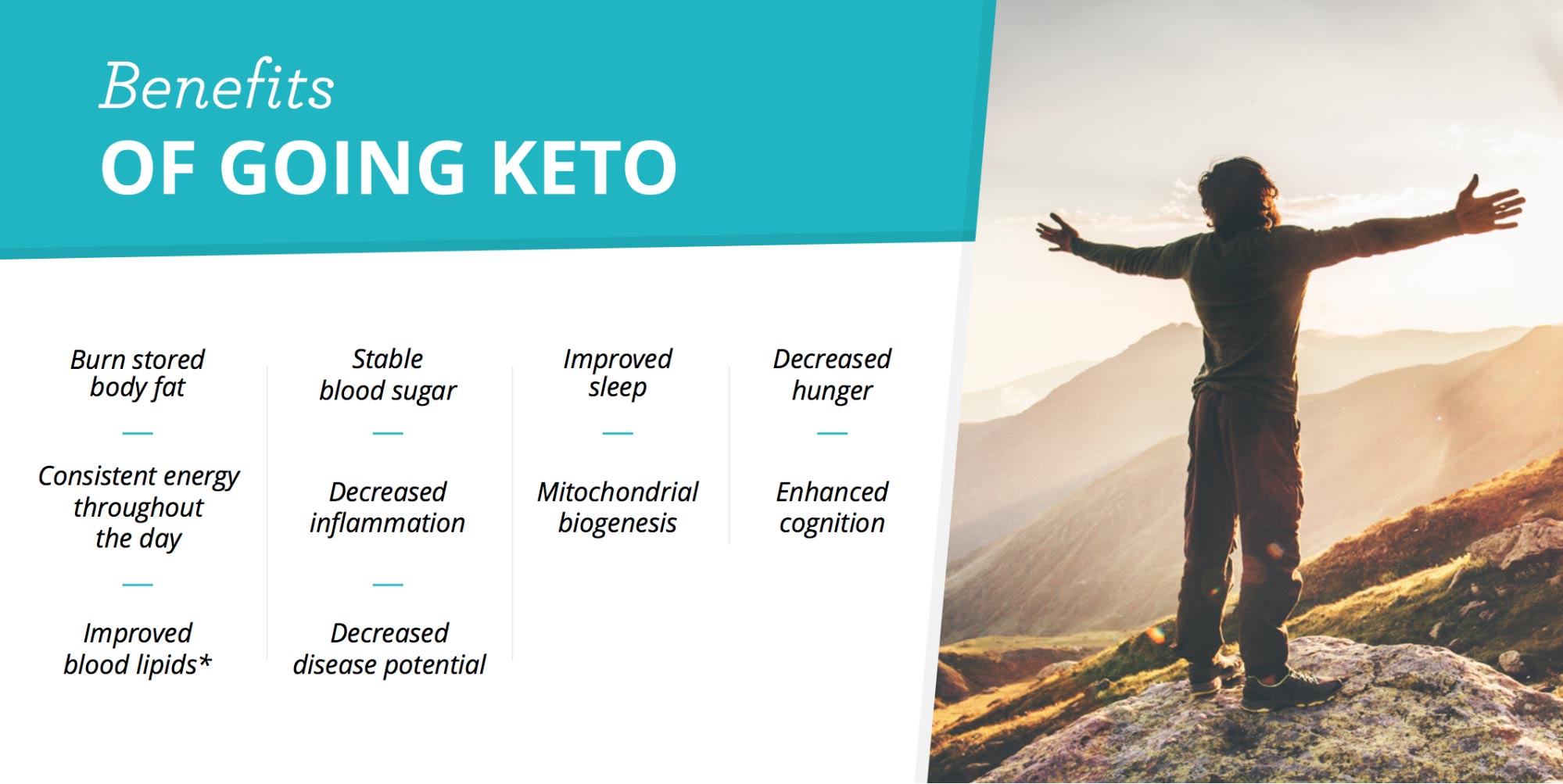Keto Part 1
The ketogenic diet is a controversial one these days. It spans the spectrum from being a miracle weight-loss, disease curing, life-changing diet to being a dangerous fad only to be tried by radicals and circus clowns (ok, maybe not clowns). I've long been studying this diet and anyone who knows me, knows that by this I mean I not only immersed myself in science and literature on the subject, but also tested on myself.
This post will be strictly about what this mysterious diet really is. Keto part 2 will reveal my personal experience with it - guts and glory.
WHAT IS KETO?
The ketogenic diet is derivative of research dating back to the early 1900's. Researchers noticed that patients with severe epilepsy experienced extraordinarily fewer seizures while fasting. When the body is fasted, muscle and liver glycogen is depleted. (For those unfamiliar, liver glycogen is a stored carbohydrate). When this happens, the body shifts into a state of ketosis, i.e. produces ketone bodies from fat and these ketone bodies are used for energy, particularly by the brain. Ketones provide a much more stable source of energy for the brain as compared to glucose. The brain is able to shift from metabolizing about 2/3rds of its energy from glucose to ketones.
The ketogenic diet mimics the features of fasting by drastically reducing carbohydrate intake, increasing fat intake and keeping protein intake at a moderate level. Aside from benefitting the epileptic population, this macro ratio (macros = fats, carbs and protein) has shown remarkable effects with conditions such as type 2 diabetes, some cancers, neurological disorders, fat loss and contrary to popular belief, even in athletic performance. Seemingly instantaneous weight loss and brain clarity are two of the benefits most appealing to those using the ketogenic diet without a serious health condition.
The basics keto breakdown would be something the following:
Super low carb - approximately 20-30 grams per day or 5-10% of your daily intake, all from low glycemic, non-starchy, nutrient dense vegetables. This will vary depending on activity level and metabolic health.
High fat - 70-80% of your daily intake from health fats. This will vary depending on whether your goals.
Moderate protein. 20-25% of your daily intake. This will vary greatly depending on height, weight, activity level and personal composition.
As you can see, this is a very personalized diet and differ greatly between individuals.
www.perfectketo.com
WHAT TYPES OF FOOD WOULD ONE EAT ON A KETO DIET?
Meats, poultry, seafood, eggs, non-starchy vegetables, healthy oils and fats, nuts, seeds, full-fat dairy (if tolerated).
WHAT TYPES OF FOODS WOULD ONE AVOID?
Grains, processed foods, starchy vegetables, fruits, legumes, sugar and alcohol.
WHAT ARE SOME OF THE BENEFITS?
Aside from the conditions mentioned above, there are several reason one would choose to follow a ketogenic diet. Robb Wolf spells it out nicely in this handy-dandy chart pulled directly from his website. Robb Wolf is a former research biochemist and best selling author, among many other things. He is extremely knowledgable and smart about all things nutrition, metabolism and exercise. He is one of my go-to resources.
So now you must be saying to yourself, "Great, bacon and cheese, less body fat and a quicker, sharper brain??? I'm all in". Well, not so fast. There are some downsides as well...
WHAT ARE SOME KETO DOWNFALLS?
Some of the downfalls of this way of eating range from hormone dysregulation, especially for menstruating women, adrenal dysregulation, thyroid imbalance, and low libido. There are ways to get around these conditions, such as tinkering with your carb intake on certain days or in the evenings, but there is a lot trial an error involved in determining what works for each individual.
Keto is not easy to sustain. Until one gets used to how much of each macro they need to eat to maintain the state of ketosis, there is a lot of measuring, finger pricking (Ketones are most commonly measured in the blood. Other methods use breath).
If the goal is weight loss, it can be difficult to determine how much fat to eat. Simply because it is a fat-intense diet, does not give an individual carte blanche on fatty foods as fatty calories can add up pretty quickly. It's easy to over due it. This goes for protein as well. As intake of protein is unique to each individual, establishing personal guidelines can be tough.
Because it basically requires cutting out a macro from your diet, namely carbs, many people end up lacking some key things. One is fiber. Constipation is a common issue. This isn't a problem per se, but one needs to consciously address it.
Mineral deficiencies, specifically potassium, magnesium, sodium, and calcium are common in those not fully versed on how to troubleshoot the keto diet. Supplementation is often necessary.
Such a precise diet where food often needs to be measured and weighed and macros calculated can easily instigate disordered eating for those with an existing unhealthy relationship with food.
Lastly, there's keto breath, and boy is it gnarly!
I've experimented greatly with the ketogenic diet. The next post will give you the lowdown. I will share my personal experience with it, how to do it right and how to use it as a tool to upgrade your life. If you have any specific questions or concerns you'd like me to address, let me know.
References:
https://articles.mercola.com/ketogenic-diet.aspx
https://bengreenfieldfitness.com/podcast/low-carb-ketogenic-diet-podcasts/how-to-get-into-ketosis/
https://robbwolf.com/paleo-vs-keto/
https://www.healthfulpursuit.com/2017/05/the-keto-diet-book-qa/
https://www.dietdoctor.com/dominic-dagostino-benefits-ketogenic-diets
https://www.perfectketo.com/guide/ultimate-guide-to-ketosis/



